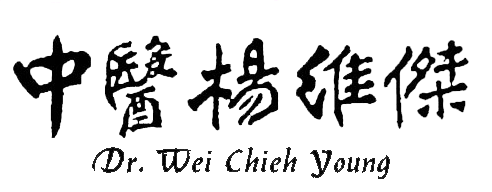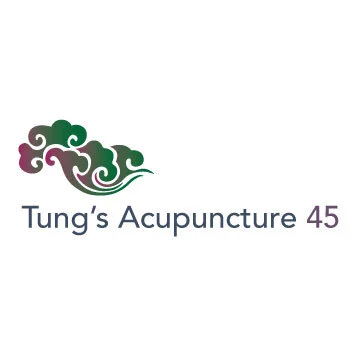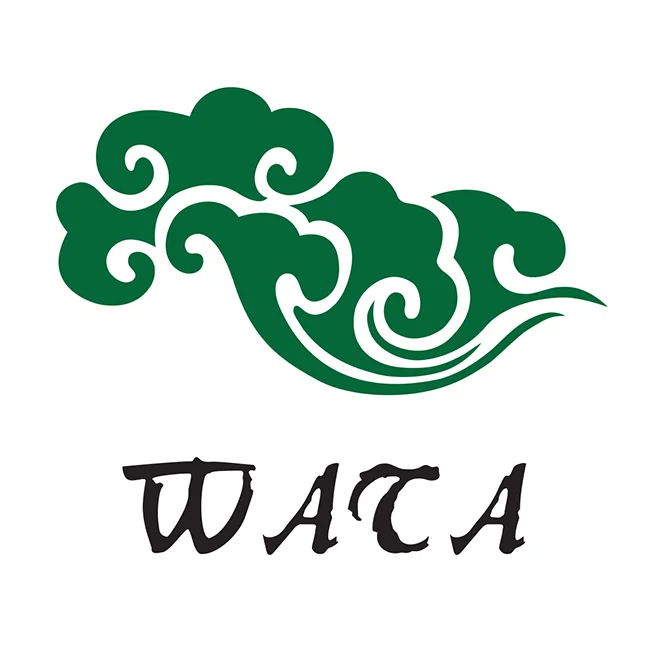6: Some people said “none of the Tung’s extraordinary points is same as any of the fourteen-channel point. Is this statement true?
/That is not true. The person saying so was not fully familiar with both the Tung’s extraordinary points and fourteen-channel points. And he does not grasp the essence of the Tung’s acupuncture. Take Quling (33.16) and Chize (LU5) as example. Although both points are at the same location, due to different methods in locating and needling the points, they have different functions. Quling (curved mound) is located at the prominence of the crooked elbow. That is why the point is named “curved mound”. Although it is located at the same location as Chize (LU5), because of the different methods to locate and insert the points, the functions of the points are different. According to “Compendium of Acupuncture and Moxibustion” and “Golden Mirror”, the method to locate Chize (LU5) is “in the transverse cubital crease, while bending the elbow, follow the transverse crease, next to the tendons, the point is in the burial ground.” The emphasis here is the “burial ground”. He-sea points are mostly located at the sites with abundant flesh or hollow or cave places that collect lots of qi. Puncture the point from the palmer side toward the dorsal side. The indications include reversed lung qi, such as asthma and cough. Because Chize is the son (water) point of the lung (metal) channel, it treats excess syndrome and fire syndrome of the lung channel, such as tonsillitis. As for Qulin (33.16), the description of its location is “in the crease of the cubital fossa and on the radial side of the tendon…” When needling this point, insert the needle attached to the tendon to treat various tendon disorders, such as frozen shoulder, elbow-wrist pain, which is the so-called “treat sinews with sinews.”
Another example, the location of Huochun (33.04) in the original book “Tung’s Acupuncture: Extraordinary Points of the Regular Channels” is “3 cun proximal to the wrist crease on the dorsal side, in the depression in the middle of the tendons between the radius and ulna”. The location of Zhigou (SJ6) according to the Compendium of Acupuncture and Moxibustion is “3 cun proximal to the dorsal crease of the wrist, in the depression between the radius and ulna bones”. “Golden Mirror” says: “one cun superior to Waiguan (SJ5), in the depression of the radius and ulna”. May I ask the difference of the locations between Zhigou (SJ6) and Huochun (33.04)? “Chun” in Huochun means “to collaborate” or “to thread or string together”. In Master Tung’s English version of book, the point was translated to “string together”. The name of Zhigou (SJ6) (Branch Ditch) is named by the topography of the location, while Huochun (33.04) is named by its functions.











今年 2020 為 董公景昌博士逝世45週年,為紀念 董公傳授絕學之用心,讓董氏針灸更加發揚,特舉董景昌逝世四十五週年紀念學術大會。